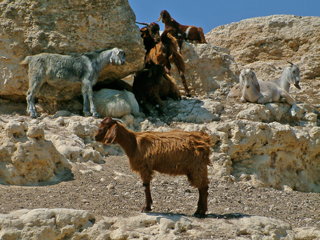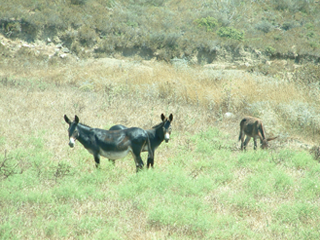North Cyprus Environment
Caving
There are several caves in Northern Cyprus that you are free to explore. One known as the Hot Cave, north of Agirdag village on the southern slopes of the Kyrenia mountains, is a partially collapsed natural formation. Warm air emanates from the cave, hence the name. Do not attempt to enter the cave. Another natural cave in the Kyrenia area is Güvercinlik cave near Alevkayasi. Access to the cave involves some fairly difficult climbing, therefore proceed with caution. There are three more caves in the Famagusta area. Probably the most beautiful is Incirli cave, a hundered metre long passage which contains an amazing collection of stalatites and stalagmites. The cave is open on Sundays (or by special arrangement from the village muhtar). There is a small entrance fee. Gastro cave between Kuruova and Kaleburnu villages is a man-made cave containing three rooms. Finally, there is the ominously named Execution Cave, near Kaleburnu. There is said to be a golden earthenware jar hidden somewhere in the cave.
National Parks
Northern Cyprus has one National Park in the Karpaz Peninsula. Here a large number of birds, wild donkeys, turtles, rare flora and amazingly beautiful beaches can be found.
There are miles and miles of deserted sandy beaches, ancient towns, basilicas, ruins and tombs waiting to be explored.
North Cyprus Fauna
The variety of wildlife in Northern Cyprus is low, but there are still many interesting species to be seen, such as those of mammals and insects. Since farming is not especially intensive in North Cyprus, wildlife can often live in harmony with agriculture.


North Cyprus Flora
The flora of North Cyprus is various enough to please everyone, from the visitor who just wants to see valleys full of anemones to the serious botanist who would like to identify 400 plus specimens during their couple of weeks stay.
Undoubtedly spring is the time for everyone who wants to see the most prolific colour and greatest variety. Late February through to the end of April are the best months and even then flower availability will be subject to the rainfall (or lack of it) and temperature. Excessive heat in April can bring about an early end to the flowering period of several species particularly the anemones.








